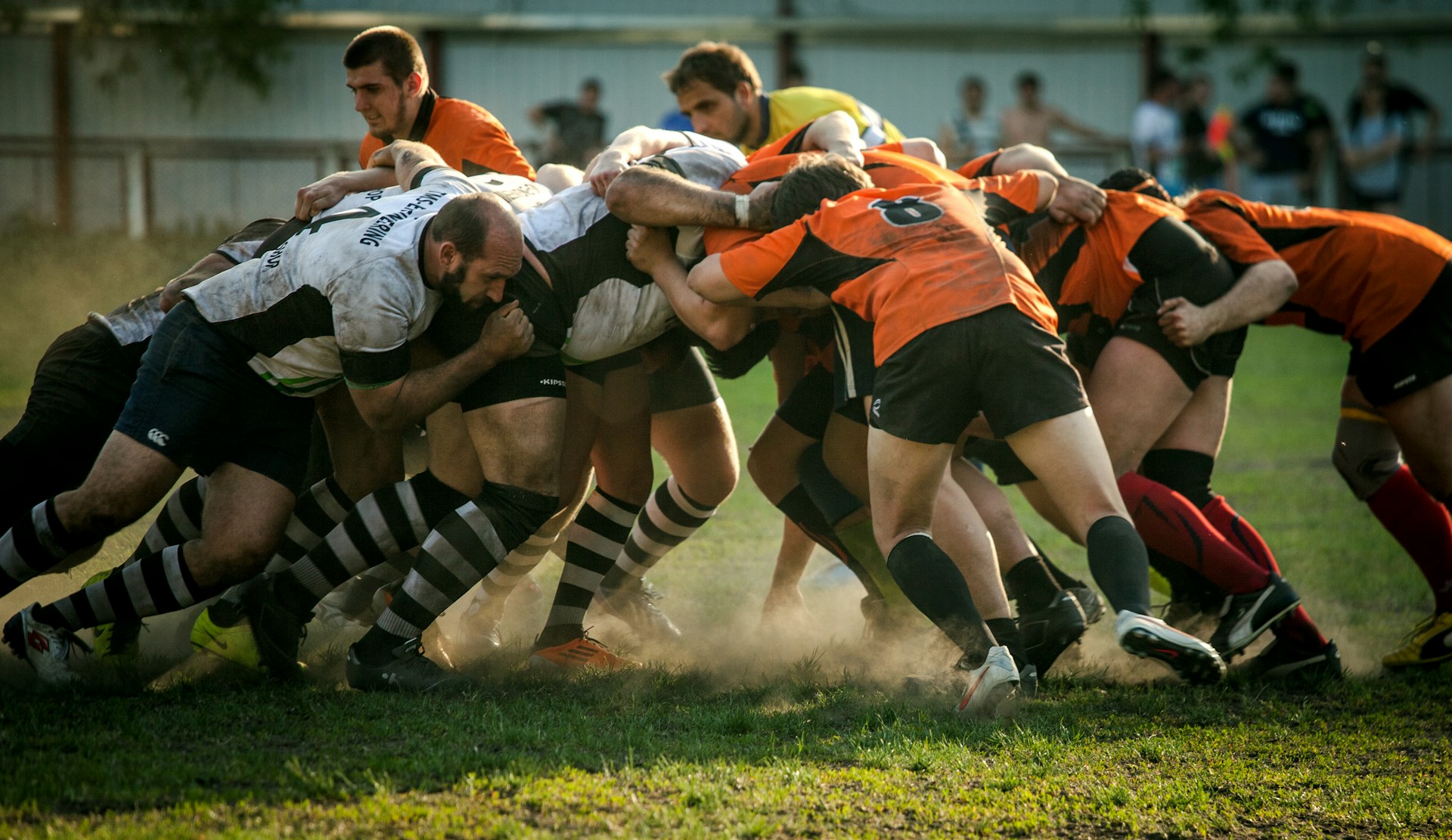As all seasoned rugby players will attest, the right protective gear is crucial. While on the pitch, the last thing you want is to be weighed down by oversized elbow pads or struggling to see through a fogged-up visor. In this article, we’ll discuss the critical factors to consider when choosing the right protective gear for rugby. From the importance of material and fit to the role of modern tech in enhancing player safety, we’ll provide you with all the information you need to make an informed decision.
The Importance of Material
The first thing to pay attention to when choosing your protective gear is the material it’s made of. This will not only determine the durability and longevity of your gear but also its ability to keep you safe during the game.
Dans le meme genre : Discover the thrill of bali waterfall canyoning adventures
High-impact sports like rugby require gear made of strong, enduring materials. Polypropylene or nylon mesh are often used for their strength and durability. They provide good protection against impact without sacrificing comfort or flexibility.
Materials also need to be breathable. You will be running, tackling, and sweating, so you need gear that allows for good air circulation. Innovative materials, such as thermoregulated fabrics, can even help regulate body temperature, keeping you cool and dry on the field.
A lire aussi : How can competitive swimmers improve their stroke efficiency through flow dynamics?
Ensuring the Right Fit
The right fit is another crucial factor to consider when choosing protective gear. Ill-fitting equipment can hinder movement, distract you during the game, and even increase the risk of injuries.
When trying on gear, make sure it’s snug but not restrictive. If it’s too tight, it may constrict your movements or even your blood flow. If it’s too loose, it may not provide enough protection.
Remember, different brands might fit differently even if they’re the same size. Don’t be afraid to try on different brands and styles until you find the one that fits you best. Remember to move around, stretch, and simulate some rugby moves to ensure the gear stays in place and doesn’t constrain your movements.
Technology and Innovation
Advancements in technology and innovation have significantly impacted the world of sports protective gear. From smart fabrics to impact sensors, modern gear can provide benefits far beyond basic protection against injury.
For instance, some modern mouthguards come with built-in microchips that monitor and record impacts to the head, providing valuable data that can help manage player health and safety.
Similarly, innovations in padding and helmet technology can provide better protection against concussions, one of the most common rugby injuries. Some companies are now incorporating materials used in automotive safety into their gear to better absorb impacts.
Price and Quality
While it might be tempting to save some money on cheaper gear, remember that protective equipment is an investment in your safety. High-quality gear may have a higher initial cost, but it often lasts longer and provides better protection.
When considering the price, look at the overall value of the gear. Does it offer any innovative features? Is it made from durable, high-quality materials? Does it fit well and comfortably? If you’re paying more, ensure you’re getting more for your money.
However, this doesn’t mean you have to always go for the most expensive option. Set a budget and stick to it, but prioritize quality and fit over cost. There are affordable options available that still provide excellent protection.
Brand Reputation and Reviews
Lastly, don’t overlook the importance of brand reputation and reviews when choosing your gear. Established brands have a history of quality and reliability, and they’re more likely to stand behind their products.
Reading reviews from other rugby players can also provide valuable insight. Did they find the gear durable and comfortable? Did it give them the necessary protection? Were there any issues with the fit or materials? This first-hand information can help you make an informed decision.
In conclusion, choosing the right protective gear for rugby involves careful consideration of several factors. While the process may seem daunting, keeping these factors in mind will ensure you find the gear that fits you best and keeps you safe on the field.
Comfort and Mobility
When choosing protective gears for rugby, one cannot overlook the aspect of comfort and mobility. These gears, no matter how high-tech or durable they are, will be of little use if they restrict your movements or cause discomfort.
Comfort, in this case, is not just about how the gear feels when worn but also about how it influences your movement and your overall gameplay. This is why it’s crucial to consider the design of the gear and how it fits into the way you play. For instance, some gear might have additional padding in areas where you need more protection. But if this padding makes you stiff and hampers your ability to run, tackle, or throw, it might not be the best choice for you.
Mobility relates closely to comfort but also includes the gear’s ability to allow a wide range of movements. Look for gear that is designed with flexible materials or has strategic cut-outs that allow for optimum movement.
In addition, consider the weight of the gear. Heavy gear can slow you down, making you less effective on the field. Opt for gear made from lightweight materials that offer protection without adding unnecessary weight. Bear in mind that improving your mobility and maintaining your comfort level allows you to focus on the game, ultimately enhancing your performance on the pitch.
Care and Maintenance
Lastly, understanding the care and maintenance needs of your protective gear is also essential. After all, even the most expensive and high-quality gear will not last long if not cared for properly.
Read the care instructions provided by the manufacturer. Most protective gear items can be cleaned with mild soap and warm water, but some may require special cleaning solutions or methods. Certain materials may degrade over time if exposed to harsh chemicals or high temperatures, so avoid using strong detergents or drying gear near heat sources.
Regular inspection of your gear is also important. Check for any signs of wear and tear, such as cracks, loose threads, or worn padding. These could indicate that the gear is no longer providing you with the necessary protection and needs to be replaced.
Ensure you store your gear properly when not in use. Keep it in a dry and ventilated area to prevent the growth of bacteria and mold. Avoid stacking or crushing gear as it could compromise its shape and effectiveness.
Choosing the right protective gear for rugby is a multi-faceted process that requires careful consideration of numerous factors. Material, fit, technology and innovation, price and quality, brand reputation, comfort and mobility, and care and maintenance are all key areas to assess. It’s crucial to remember that the protective gear’s primary function is to ensure your safety on the field, and this objective should not be compromised for any other aspect. Ultimately, the best gear for you is one that fits well, offers robust protection, is durable and comfortable, and complements your style of play. Go with a brand that has proven reliability and positive reviews from other players. Lastly, always take care of your gear to ensure it lasts long and continues to provide you with the necessary protection game after game.











